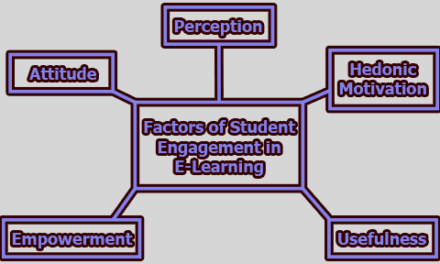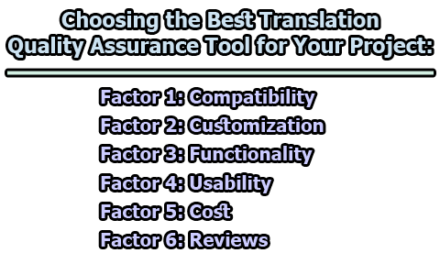Best Practices for Effectively Incorporating Post Editing into Your Language Service Operations:
In today’s globalized world, the demand for translation and localization services has grown exponentially. However, with the advent of machine translation, the role of human translators has evolved. Post editing, the process of reviewing and correcting machine-translated text, has become a crucial component in ensuring quality, accuracy, and consistency. To maximize the benefits of post editing, language service providers (LSPs) must seamlessly integrate it into their workflow and tools. In this article, we will explore best practices for effectively incorporating post editing into your language service operations.

1. Choose the Right Machine Translation Engine: Selecting the appropriate machine translation (MT) engine is the first step in a successful post editing process. Not all MT engines are equal in terms of language support, domain expertise, adaptability, and security. To make an informed decision, consider utilizing online tools like TAUS DQF or MT-Hub. These tools allow you to compare and evaluate different MT engines based on various criteria such as translation quality, speed, cost, and data protection. Choose an MT engine that aligns with the specific requirements of your project to set the stage for effective post editing.
2. Define the Post Editing Scope and Guidelines: The success of post editing hinges on clearly defined scope and guidelines. The level of post editing required can vary, depending on the purpose and audience of the translated text. Light post editing aims to eliminate errors and improve comprehensibility, while full post editing goes further to ensure stylistic and cultural appropriateness. Define the post editing scope and guidelines for your project, and communicate them explicitly to your post editors. You can use established standards like ISO 18587 or TAUS PE Guidelines or tailor them to meet your client’s unique expectations.
3. Train and Monitor Your Post Editors: Post editing is a specialized skill that necessitates training and continuous improvement. It is crucial to ensure that your post editors possess the requisite linguistic and technical competencies, as well as an understanding of the chosen MT engine and post editing tools. Provide them with training materials, constructive feedback, and support to enhance their post editing skills and efficiency. Additionally, regular monitoring of post editors’ performance using metrics like post editing effort, speed, and quality score is essential to maintain the highest standards of quality.
4. Use the Right Post Editing Tools: Post editing tools are indispensable in streamlining the post editing process. These software applications aid in project management, integration with MT engines and translation management systems, text editing, review, and MT output analysis. There are various post editing tools available, including SDL Trados Studio, memoQ, Memsource, Smartcat, and Lilt. Choose the right post editing tools that align with your workflow and preferences, ensuring compatibility with your MT engine and other language service tools.
5. Leverage Post Editing Data and Feedback: Post editing generates valuable data and feedback that can be used to enhance both the MT engine and overall language service quality. Collect and analyze post editing data, including the number and types of edits, error categories, time and cost savings, and customer satisfaction metrics. Additionally, encourage post editors and clients to provide feedback, such as suggestions, complaints, compliments, and ratings. This feedback can be invaluable for fine-tuning your MT engine, adjusting post editing guidelines, providing additional training and recognition for post editors, and optimizing your language service workflow and tools.
In conclusion, integrating post editing into your language service workflow and tools is essential to ensure high-quality machine-translated content. By following these best practices, you can select the right MT engine, define clear guidelines, train your post editors, employ suitable post editing tools, and harness the data and feedback generated during the process. When executed effectively, post editing enhances productivity, reduces costs, and meets the high expectations of your clients, making it an indispensable component of modern language service operations.

Library Lecturer at Nurul Amin Degree College









